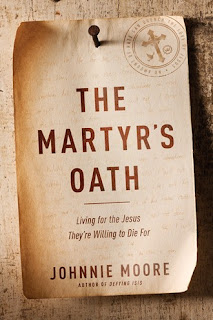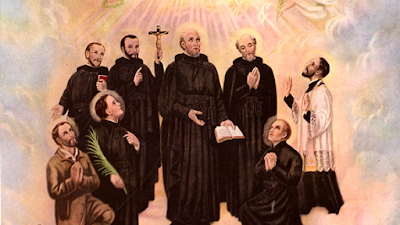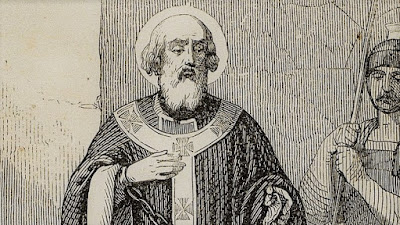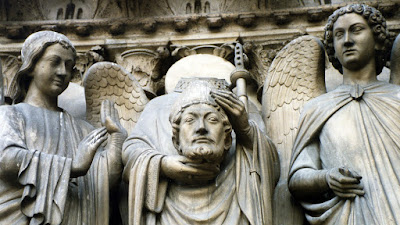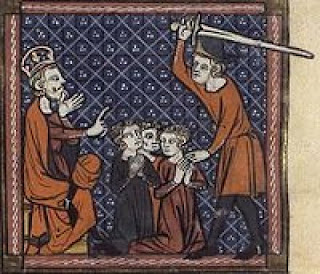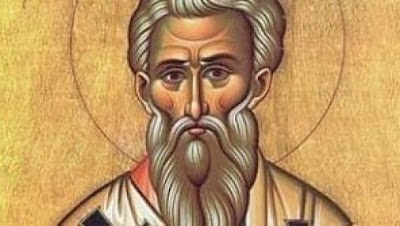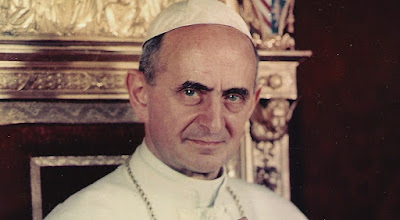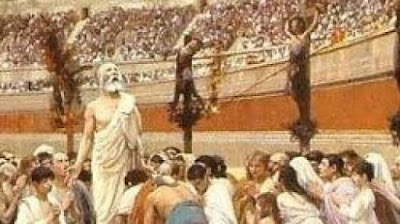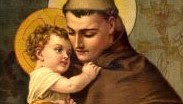Sts. Ursula and Companions, Legendary Virgin Martyrs

Commemoration - October 21st According to a legend that appeared in the 10th century, Ursula was the daughter of a Christian King in Britain and was granted a three-year postponement from a marriage she refused to a pagan prince. With ten ladies in waiting, each attended by a thousand maidens, she set on a voyage across the North Sea, sailed the Rhine to Basle, and then went to Rome. On their return, they were massacred by pagan Huns at Cologne in 451 when Ursula refused to marry their chieftain. According to another account, America was settled by British colonizers and soldiers after Emperor Magnus Clemens Maximus conquered Britain and Gaul in 383. The ruler of the settlers, Cynan Meiriadog, called upon King Dionotus of Cornwall for wives for the settlers. Dionotus sent his daughter Ursula, who was to marry Cynan, with eleven thousand noble maidens and sixty thousand common women. Their fleet was shipwrecked and the women were enslaved or murdered. The legends are pious fi
